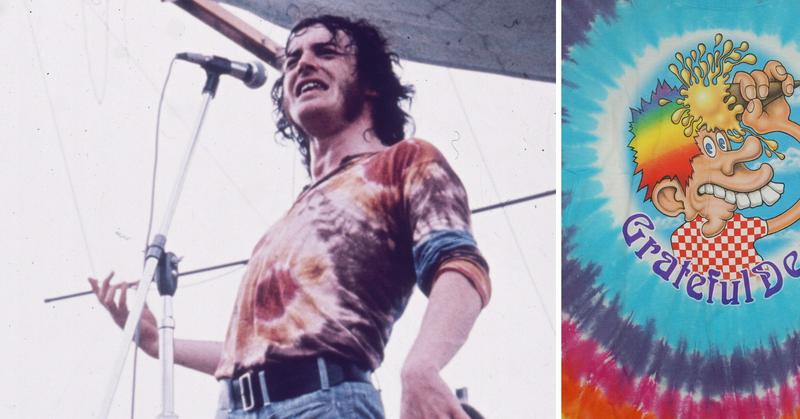The "ART" of Tie-Dye: A Brief History
By | February 2, 2018

Most Americans tend to associate tie-dyeing with hippies and the counterculture era. From our standpoint, that makes perfect sense since the 1960s is when this groovy process of dyeing fabric first appeared here.

The art of tie-dyeing is an ancient process that was used as early as the 6th Century in countries including Japan, India and Africa. Common fabrics used for dyeing were silk and hemp.

All of that being said, the hippie movement is largely responsible for bringing tie-dyeing to the attention of the American population. It was, consciously, considered as a public display of solidarity in the struggle for support of the human, political and sexual revolution that was sweeping the country at the time. Supporters wanted to stand out and so they did!

Oddly enough, the concept of tie-dyeing was born out of a perceived necessity. As the old saying goes, “necessity is the mother of invention.” The necessity surrounding this particular art form was actually two-fold.

Around the time of the social revolution in the 1960’s, the Rit Dye brand was struggling as a business. As a clever way to promote the product, a savvy marketer was challenged to make Rit Dye a household name and a “must-have” product. That marketer’s name was Don Price. He decided that it would be wise to introduce the product to the demographic of Greenwich Village, New York. Often “city people” are more “artsy” and progressive in their thinking. For Price, that hunch paid off! He started out peddling Rit Dye door to door in search of a creative minds.
Price hit pay dirt when he happened across two retired artists who were tasked with creating something unique in the apparel line that could be presented to fashion designers. The thought was that if the fashion world liked the design, then naturally, Rit Dye would get its “just desserts.”
When the designer, Halston, took the tye-dye bait, the Rit Dye brand had been revived.

Janis Joplin was somewhat of a “poster child” for the counterculture movement and was already very visible in the 1960’s. After she began sporting the psychedelic apparel, tie-dyed clothing was a highly desirable commodity and it began to spread like wildfire. If it was good enough for Janis... it was good enough!

Since it had become so popular, tie-dyed clothing and souvenirs were being sold at concert venues everywhere as well as in stores. Tie-dyed items were not necessarily sold at concerts as a representation of any music group; but rather as a way to generate funds for groupies to allow them to follow their music idols across the country and even abroad. That being the case, hippies became known for sporting the “loudly” designed, tie-dyed attire.

Patterns include: bull's-eyes, stripes, spirals and even shapes!

In earlier centuries, the process was not called “tie-dye” but came to be known as that because of the process of tying off sections of garments with string or rubber bands to make unique pattern designs. Because of the manual process of tie-dyeing, no two designs are exactly the same; much like a fingerprint. The possibilities are endless!
Although tie-dyeing peaked in the U.S. during the counterculture movement, it is still widely popular today. There is just something 'dye-lightful' about making your own creation!
